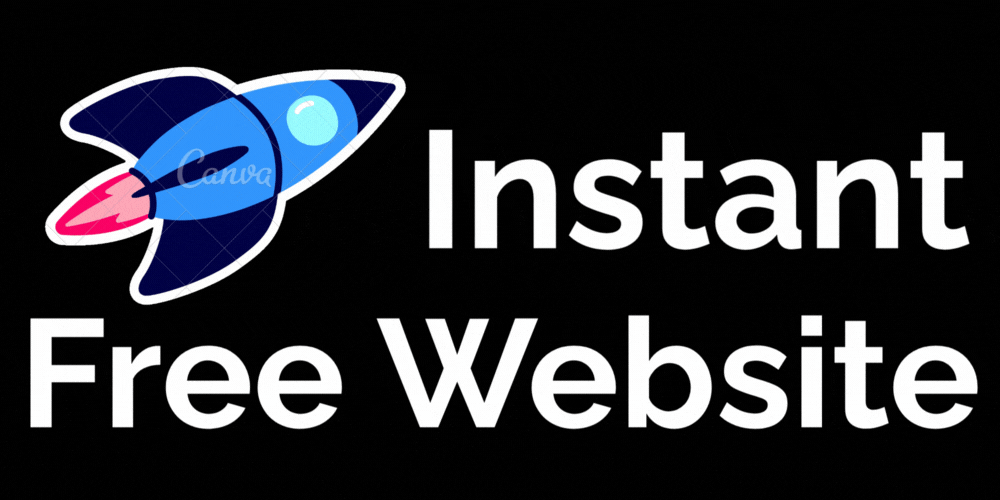Have you ever wondered why some websites show up at the top of Google while others are hidden on page 5? The secret is SEO. If you own a website, learning about SEO is one of the best ways to get more visitors and customers. Let’s make it simple.
What is SEO?
SEO stands for Search Engine Optimization. It’s the process of making your website easy for Google (and other search engines) to find, understand, and show to people searching online.
Think of Google like a giant library. When someone searches for “best coffee shop near me,” Google scans through its library and picks the most relevant and trusted websites. SEO is what helps your site get chosen and shown at the top.
How SEO Works
SEO focuses on three main areas:
On-Page SEO – Optimizing the content and structure of your website. This includes using the right keywords, writing high-quality content, optimizing images, and making sure your site is mobile-friendly.
Off-Page SEO – Building trust and authority through external factors like backlinks (links from other websites), social signals, and online reputation.
Technical SEO – Improving behind-the-scenes elements like website speed, mobile responsiveness, secure connections (SSL), and proper indexing by search engines.
How Does SEO Help Business?
1. Increases Visibility & Traffic
SEO helps your website appear higher on search engine results pages (SERPs). Since the majority of users rarely scroll past the first page, ranking higher increases your chances of being seen. This visibility drives more targeted traffic to your site—people who are already interested in what you offer. Over time, as your pages rank for multiple keywords, your traffic can grow organically, reducing your reliance on paid campaigns.
2. Builds Trust and Credibility
Websites that rank on the first page of Google are generally perceived as more reliable. SEO is not just about keywords—it also involves optimizing your site’s structure, providing valuable content, and ensuring security (like HTTPS). These factors signal to both search engines and users that your site is authoritative and trustworthy. Over time, high rankings reinforce your brand’s credibility, encouraging repeat visitors and customer loyalty.
3. Cost-Effective Marketing
Unlike paid advertising, which stops bringing traffic once the budget ends, SEO generates organic traffic without ongoing costs. While it requires initial investment in content creation, optimization, and technical improvements, the long-term benefits often outweigh these costs. A well-optimized website continues attracting potential customers 24/7, essentially acting as a low-cost marketing engine.
4. Improves User Experience
SEO isn’t only about search engines—it’s about people too. Optimizing your site for speed, mobile responsiveness, clear navigation, and intuitive design enhances the user experience (UX). Visitors stay longer, engage more with your content, and are more likely to convert into leads or customers. Google also rewards websites with excellent UX by ranking them higher, creating a win-win for users and search engines.
5. Reaches the Right Audience
SEO targets people who are actively searching for your products, services, or information. By optimizing for specific keywords and search intent, you attract visitors who are more likely to take action, whether that’s making a purchase, signing up for a newsletter, or contacting you. This makes SEO highly efficient compared to general advertising, which often reaches a broader, less targeted audience.
Final Thoughts
SEO is like a magnet—it attracts the right people to your website at the right time. With good SEO, your website won’t just exist; it will get noticed, trusted, and chosen by customers.
If you want your website to grow, investing time in SEO is one of the smartest decisions you can make.

